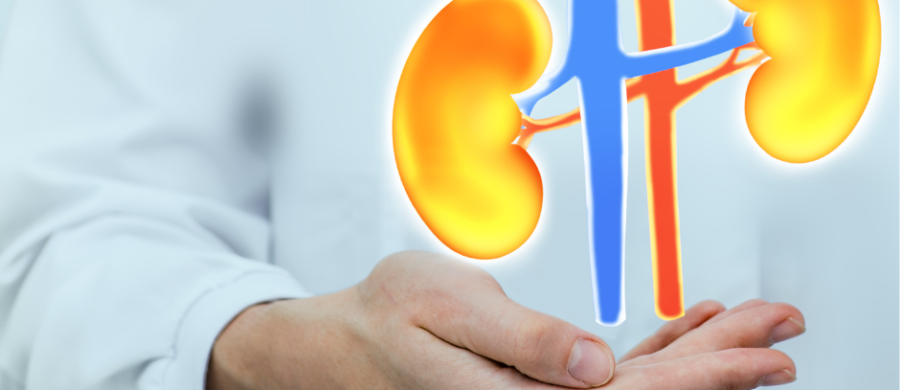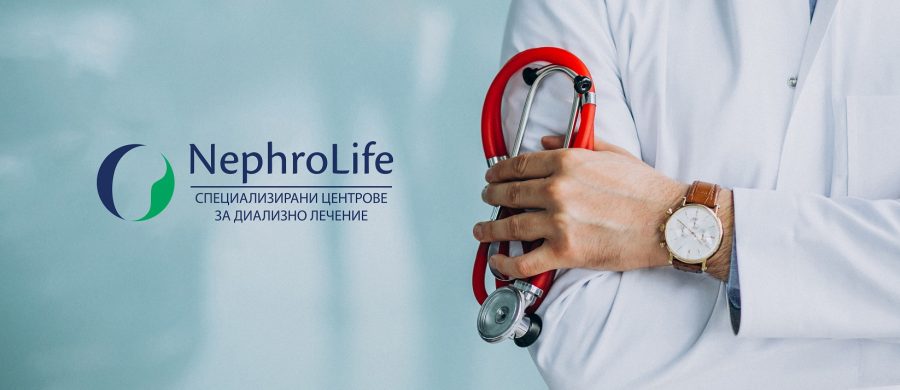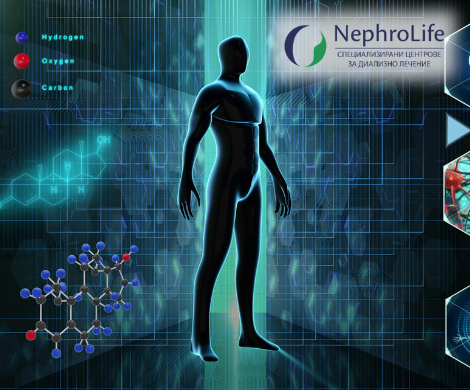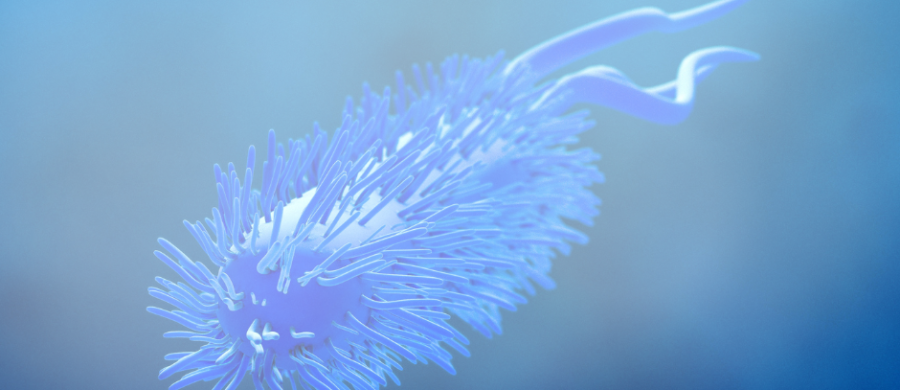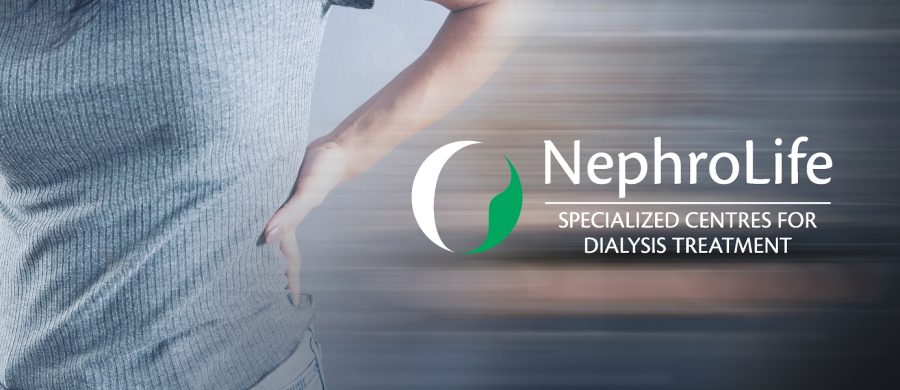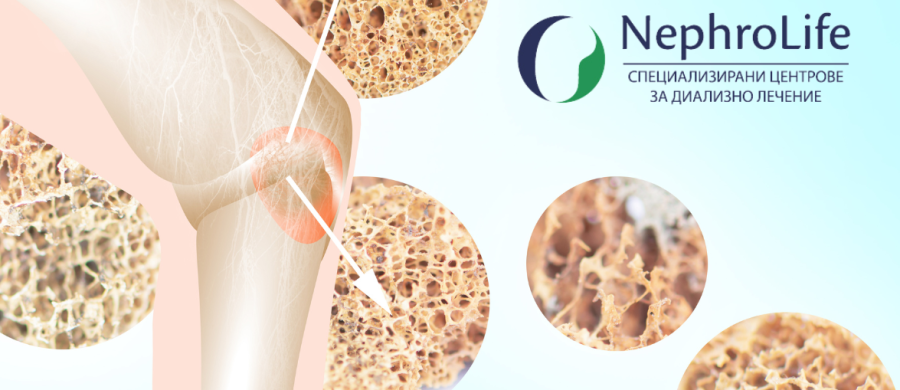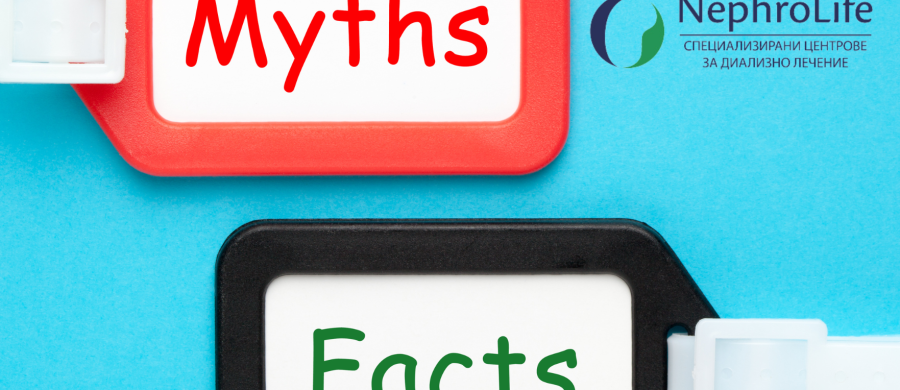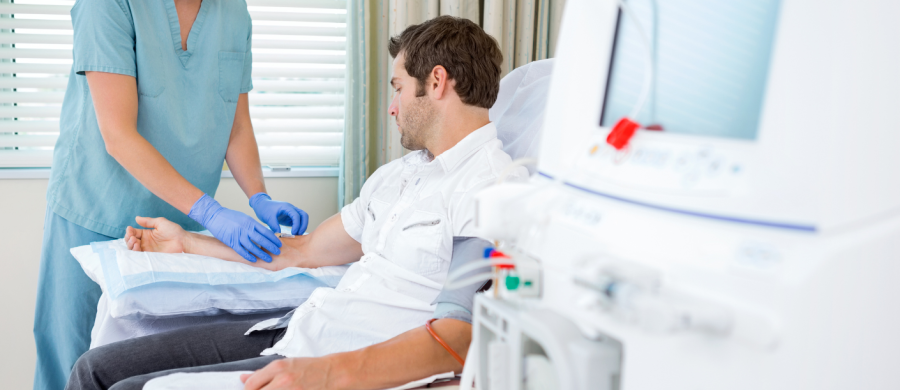What Is Chronic Kidney Disease (CKD) and Why Is It Often Diagnosed Late?
Chronic kidney disease is a condition in which kidney function gradually declines over time. It encompasses a broad range of structural and functional abnormalities in the kidneys that persist for more than three months, regardless of the cause. CKD is a serious global health problem affecting millions of people and is among the leading causes of increased mortality, especially in patients with cardiovascular disease.
How Do the Kidneys Work and What Happens in CKD?
The kidneys are vital organs that filter waste products from the blood, regulate fluid and electrolyte balance, control blood pressure, produce red blood cells, and manage calcium and phosphorus metabolism. In chronic kidney disease, these complex processes begin to fail. Most often, CKD progresses without symptoms in its early stages, which makes timely diagnosis particularly challenging.
Causes and Risk Factors
The most common causes of CKD include:
-
Diabetes mellitus – the leading cause worldwide.
-
High blood pressure (hypertension) – damages the small blood vessels in the kidneys.
-
Glomerulonephritis and pyelonephritis.
-
Polycystic kidney disease and other inherited disorders.
-
Prolonged use of nephrotoxic drugs (e.g., NSAIDs).
-
Systemic autoimmune diseases such as lupus.
Other risk factors include older age, family history of kidney disease, smoking, obesity, and sedentary lifestyle.
Why Is CKD Often Diagnosed in Its Later Stages?
One of the main challenges with CKD is the lack of specific symptoms in the early stages. The kidneys can compensate for lost function over a long period, creating a “false sense” of health. Patients typically experience no noticeable changes until kidney function drops below 30–40%.
Some possible symptoms in later stages include:
-
fatigue and weakness,
-
swelling in the legs or face,
-
high blood pressure,
-
frequent urination, especially at night,
-
loss of appetite, nausea, anemia.
The absence of routine screening in high-risk groups (e.g., those with diabetes or hypertension) also contributes to late diagnosis. Many patients discover the disease only after serious deterioration or when kidney failure occurs, requiring dialysis.
How Is CKD Diagnosed?
The key methods for diagnosing CKD include:
-
Serum creatinine testing and estimated glomerular filtration rate (eGFR) – a primary indicator of kidney function.
-
Urine testing for albumin or protein – early markers of kidney damage.
-
Kidney ultrasound – to evaluate kidney structure.
-
Monitoring of blood pressure and other lab parameters (electrolytes, hemoglobin, etc.).
What Can Be Done?
Early detection of CKD is essential to prevent its progression. This includes:
-
regular kidney function screening in at-risk patients,
-
optimal management of diabetes and hypertension,
-
avoiding nephrotoxic medications,
-
healthy lifestyle – balanced diet, physical activity, smoking cessation.
Patient education and proactive prevention by primary care physicians and specialists are crucial in the fight against this “silent killer,” as CKD is often referred to.









